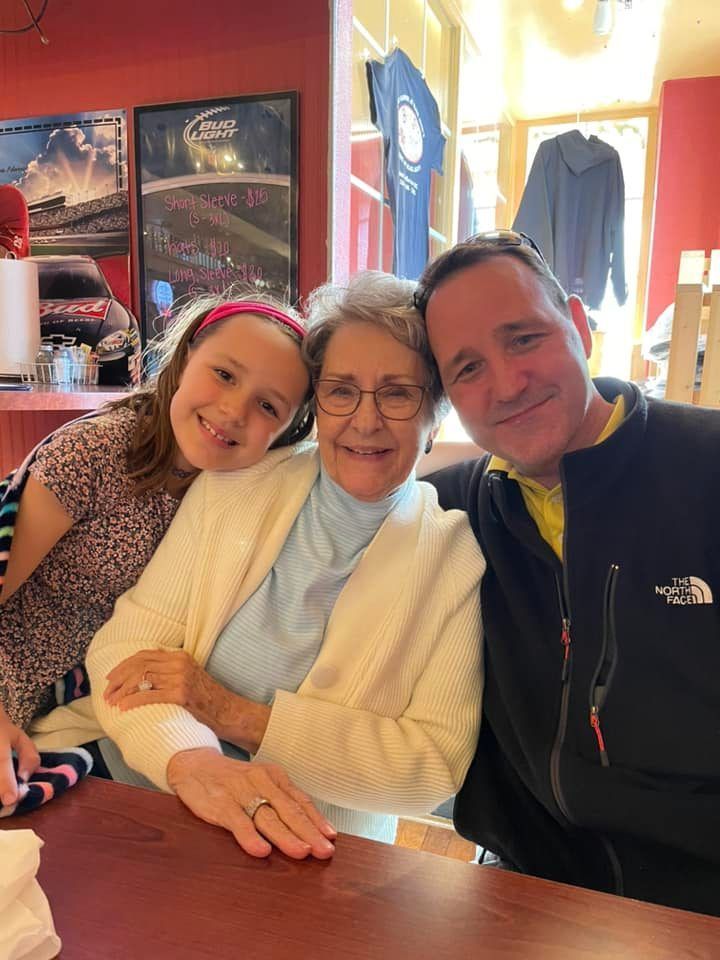Elevated Content...
The lens we choose to look through changes everything...

This weekend, we moved my mother-in-law into an assisted living community. (We aren't quite done yet!) It was an emotional and significant transition, filled with the expected worries and hopes that come with placing a loved one in someone else’s care. It's been stressful on my mom, on my husband, and on our 11-year-old. This part was looming, and we were having a hard time being "happy" about mom living somewhere else, and knowing it was best for her, didn't seem to help much.
But the moving process shifted everything; from being a depressing and ominous undertaking, to watching mom light up with new neighbors that have similar things in common and seeing the excitement (she may not quite be ready to go that far yet, but we did see a smile) as she began to get used to the transition. What struck me most was the level of attention and detail that the staff put into ensuring her new home was not just a place to live, but a place where she felt seen, valued, and truly cared for. That was just the beginning.
It reminded me of my time working on-site as a leasing consultant and property manager. Every time a new resident moved in, I would look at their apartment home with a meticulous eye, ensuring every detail was perfect. From the cleanliness of the space to the smell of fresh paint, to the little touches that made it feel inviting—these were all part of my responsibility to make someone’s first impression of their new home a great one. But this experience with my mother-in-law has deepened my perspective. When we advocate for a loved one, we notice everything: their preferences, their quirks, their non-negotiables. We become hyper-aware of what will make them comfortable and at ease. It made me ask myself—do we, in multifamily, approach our prospective residents with the same level of care and attention?
One of the most powerful moments of this move-in was when the maintenance supervisor helped us take care of the final details and do the walk through. As we chatted, he shared his personal story—his mother had lived in an assisted living community, and that experience shaped his career. He made a commitment to only work in communities that assisted the elderly because he understood, on a deeply personal level, how critical it was to provide a safe, welcoming, and well-maintained home for residents. Every apartment he prepared, every repair he completed, was done with the thought of his own mother in mind.
This level of personal investment resonated deeply with me. In multifamily, how often do we think of our residents in this way? Do we approach their move-in day with the same sense of responsibility and empathy that we would for our own family members? Do we take the time to learn what makes them feel at home—their must-haves, their preferences, their deal-breakers?
What stood out most in this assisted living community was the way every interaction was filled with care. There was no sense that my mother-in-law was just another resident on a long list to be processed. The team knew her name, her likes and dislikes, and had already taken steps to make her feel welcomed. No detail was overlooked, and that left an indelible mark on us.
This is the lesson multifamily must embrace: our business is not just about leasing apartments; it’s about creating homes. The best communities are the ones where every single resident feels personally valued and cared for—not just on move-in day but every day thereafter. It takes intention, empathy, and a commitment to treating each new resident as if they were our own family.
Fortunately, there are multifamily teams that already embody this level of care exceptionally well. These are the teams that go beyond just filling units—they cultivate a culture of hospitality, attentiveness, and genuine connection with their residents. They understand that a successful community is built on relationships, not just transactions. From personalized welcome experiences to proactive maintenance and thoughtful resident engagement, these teams set a gold standard for what multifamily living should be.
So, here’s the challenge: How can we, as multifamily professionals, shift our mindset and operate with the same level of care? How can we create a move-in experience and an ongoing customer experience that mirrors the dedication we would want for our own loved ones? The answer lies in learning from those who do it best, seeing every interaction through the lens of care, and never forgetting that, at the end of the day, we are not just providing housing—we are providing a home where someone caring, ensuring everything is just as right as we can get it, and up to the standard acceptable for our own family.




